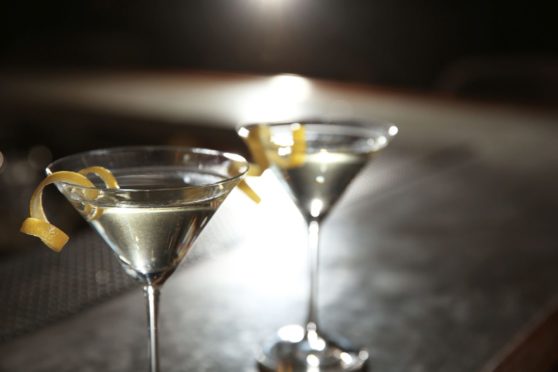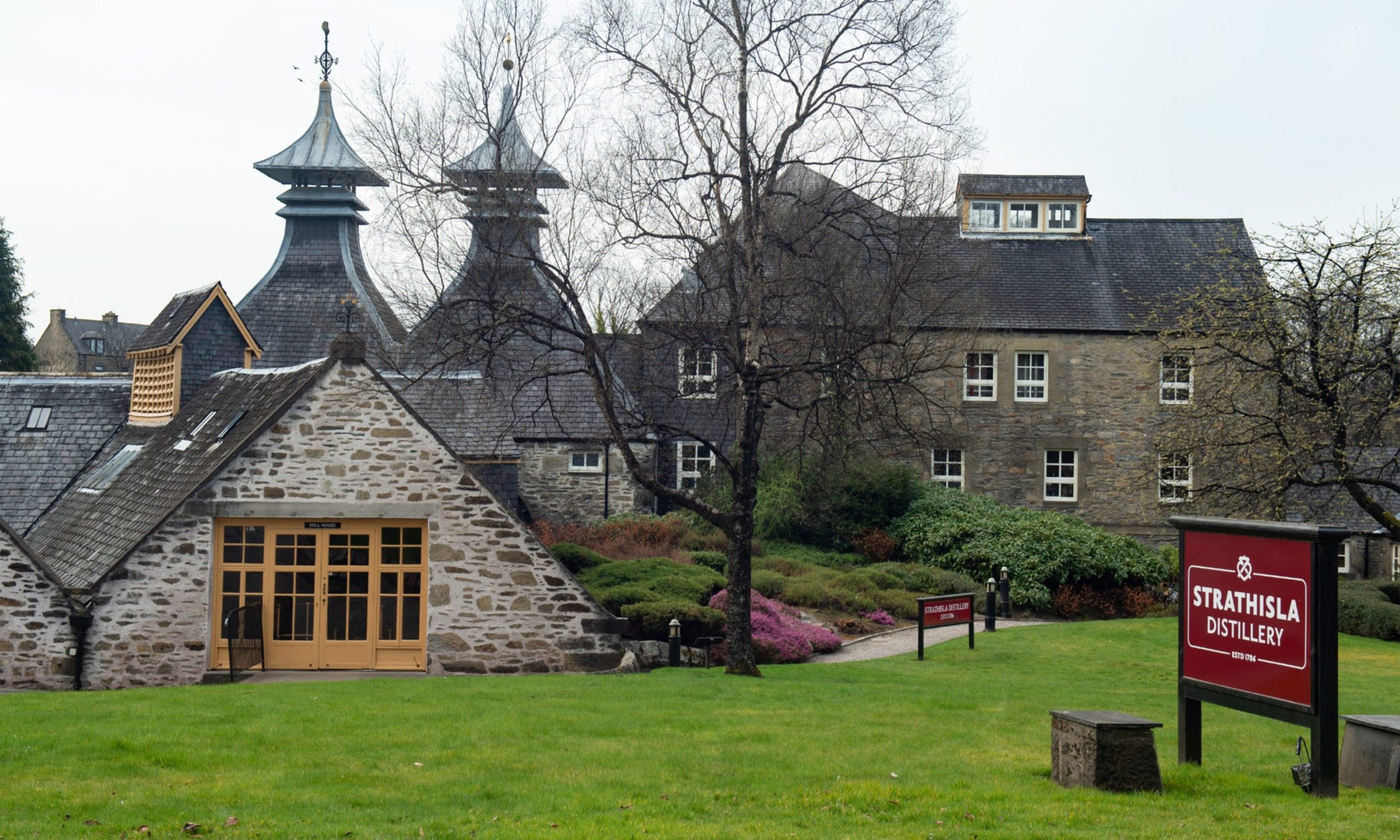England is now home to almost 100 more distilleries than Scotland, as the popularity of gin continues to soar.
New figures have shown there are 214 spirit producing sites north of the border, compared to 311 in the south.
And the latest statistics revealed that, despite Covid restrictions, demand for gin in UK shops, supermarkets and online leapt 30% in the year to the end of March – to the equivalent of a record 80 million bottles.
According to the Wine and Spirit Trade Association (WSTA), which carried out the research, the sales were worth £1.3billion.
But, with pubs, restaurants and hotels hit by lockdown closures, on-trade custom plunged 60% by volume and value.
The growth in gin sales began to emerge in 2013 when British consumers started to show renewed interest in the juniper-based spirit.
Over the next three years the trend continued to grow at a steady pace, enticing entrepreneurs to invest in artisanal brands, leading to an explosion in new distilleries springing up across the country.
Remarkably the number of distilleries in England has almost tripled since 2016, which was the same year that the gin boom helped the number of English distilleries overtake Scotland for the first time.
New openings across the UK
In the 12 months to the end of March, England’s distillery number topped 300 for the first time and it has also grown in Wales and Northern Ireland.
The total number of distilleries registered in the UK in 2020 grew to over 560, up from over 440 in 2019.
In Scotland, the traditional home of whisky distilling, there has also been a boom in companies producing gin in recent years.
WSTA chief executive, Miles Beale, said: “Our latest gin numbers underline that reports of gin’s demise as the ‘go-to’ spirit are wrong.
“Despite the on-trade representing many of our great British distillers’ ‘shop window’, and a great place for Brits to try new and exciting tipples, hospitality’s closure hasn’t dampened our enthusiasm to enjoy the vast array of gins now on the market.
Sales of gin have never been this high in our shops and supermarkets before – but this is encouraging news for our reawakening hospitality industry, too – some of these sales are certain to shift over to pubs, bars and restaurants.”
He added: “As measures to limit the spread of Covid-19 continue to be relaxed, we firmly believe that gin has a vital role to play in the recovery of our hospitality sector throughout 2021 and beyond.
“That is why we continue to ask for the Chancellor to recognise the great contribution our spirit makers offer to the hospitality offer, by not increasing taxes on gin and other spirits enjoyed both at home and in pubs, bars and restaurants.”
The WSTA highlighted that the UK’s spirit sector is made up of a large number of SME businesses and supports around 230,000 jobs across the supply chain.
Total gin sales during the year were just over of £2bn.

